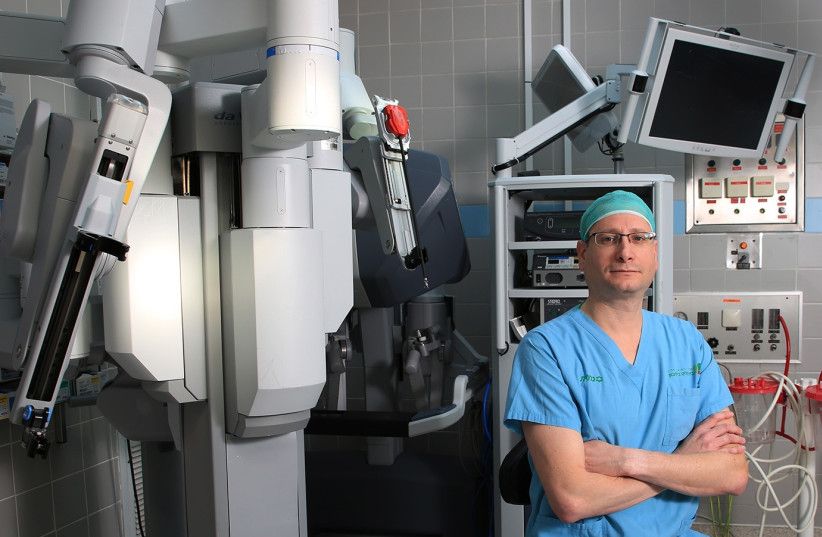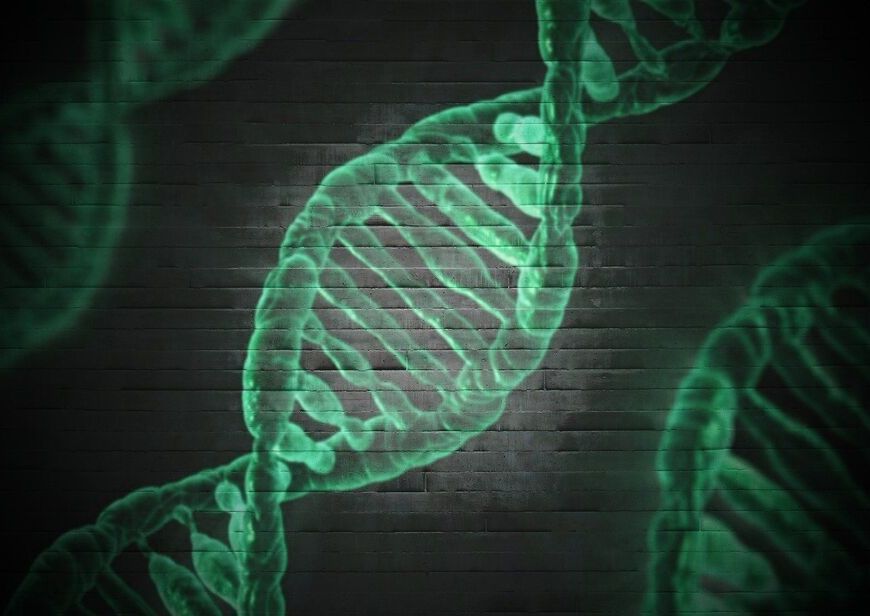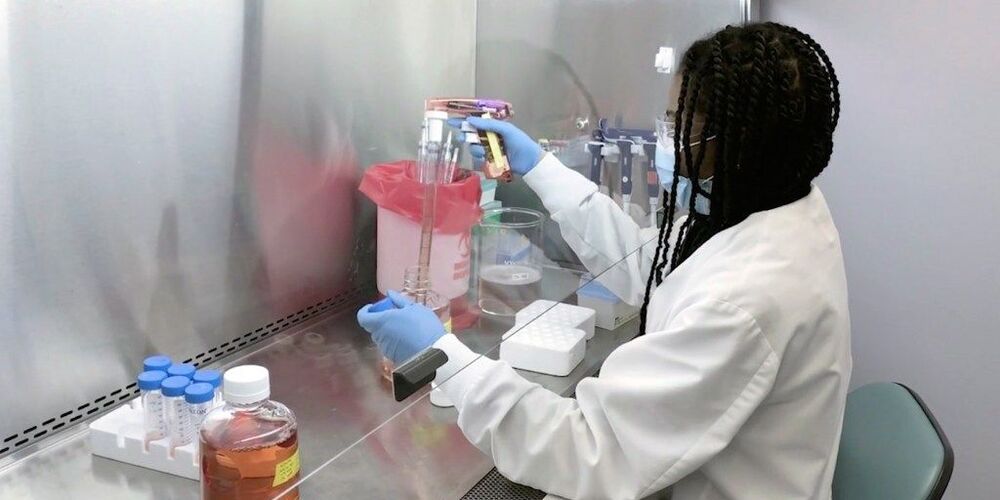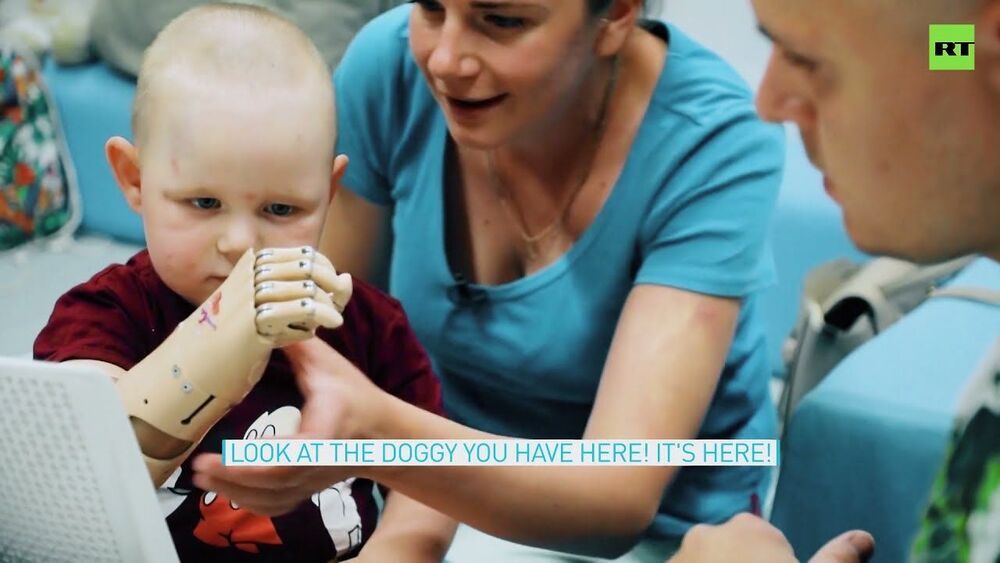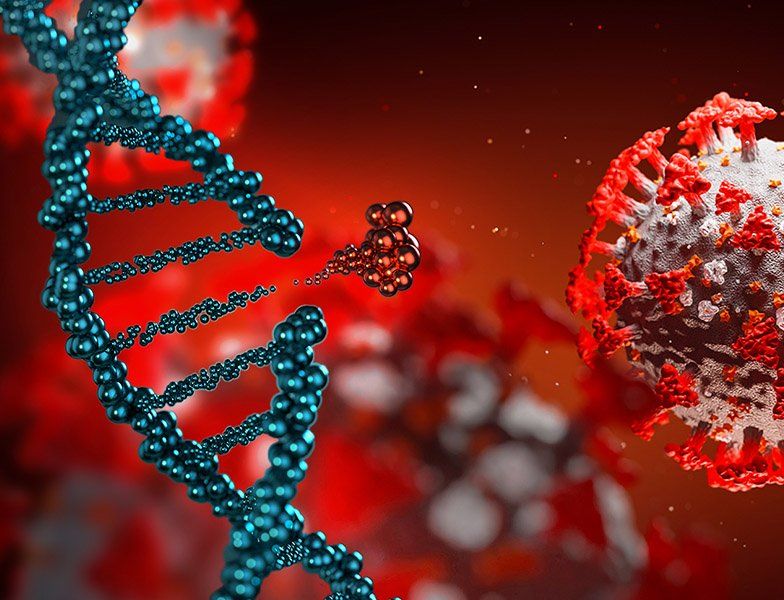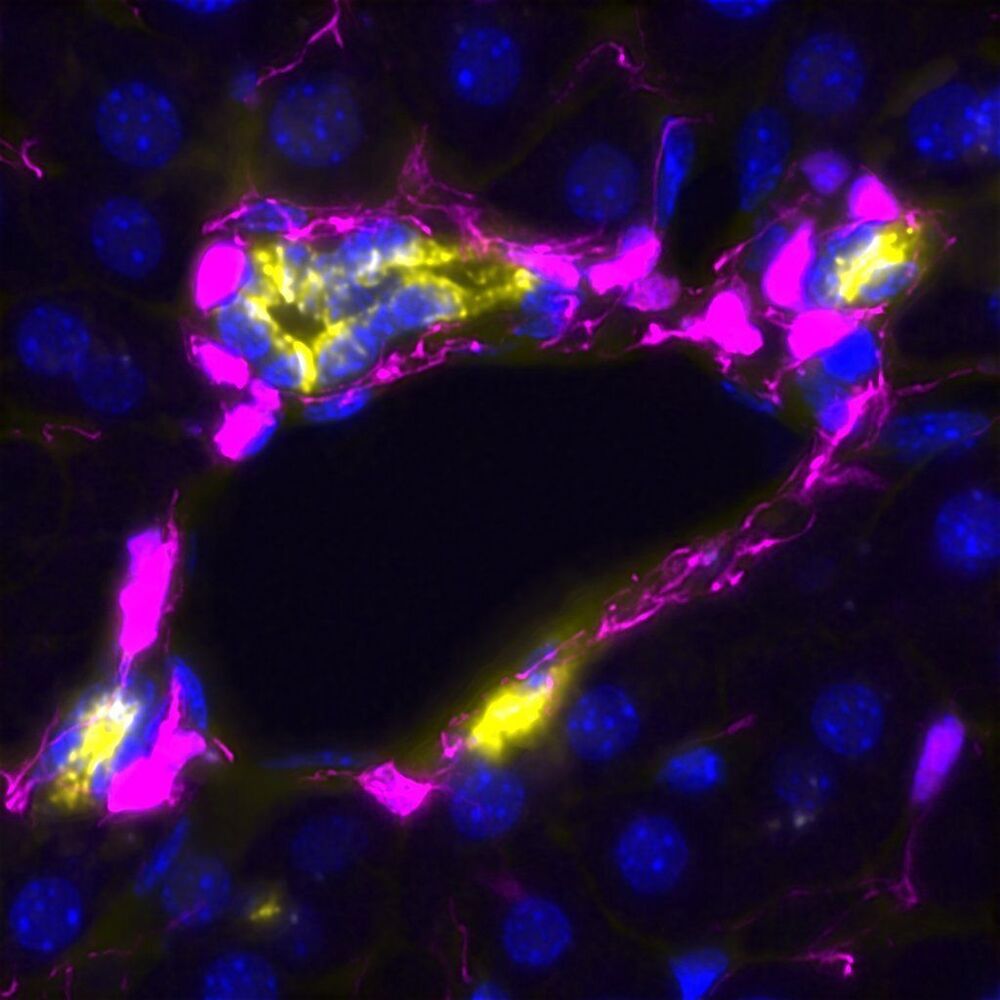Aug 3, 2021
Israeli doctor uses tiny, robot ‘hands’ to untrap urethra
Posted by Omuterema Akhahenda in categories: biotech/medical, robotics/AI
For the first time in Israel, a doctor at Beilinson Hospital in Petah Tikva has used a da Vinci robot to perform the complex surgery of untrapping a man’s ureter from behind his vena cava — the largest vein in the body that carries blood to the heart from other areas.
Last month, a 41-year-old patient checked in to Beilinson suffering from the effects of retrocaval ureter, a ureter that abnormally encircles the inferior vena cava. Only one in 1500 people are born with this deformity, which worsens over decades until eventually it leads to sepsis.
With a retrocaval ureter, the ureter passes behind the large vein instead of in front of it or right by it. The only way to cure the person is to perform a complex operation to move the ureter.
Continue reading “Israeli doctor uses tiny, robot ‘hands’ to untrap urethra” »
